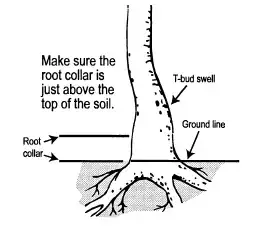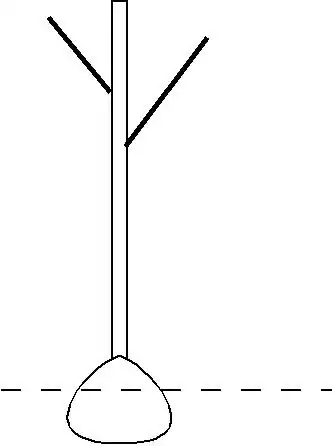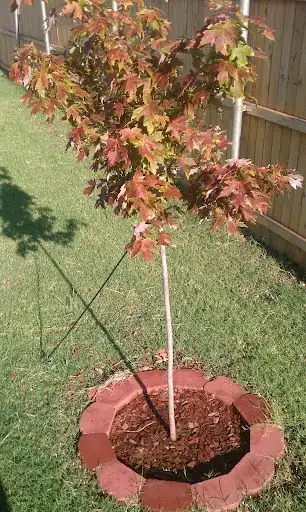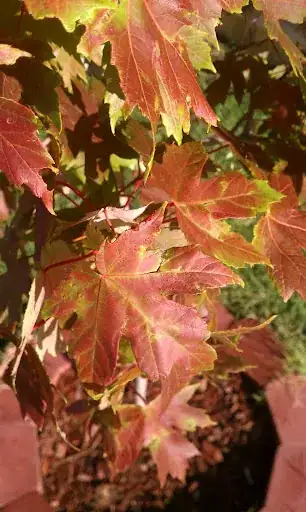This hybrid tree got the "Urban Tree of the year" award in 2003 for vigour and adaptability. It tolerates clay soil, dry conditions or wet soil. I see that it is sensitive to iron and magnesium deficiency on alkaline soils but that should be evident if the new growth is yellow with green veins which I don't see here.
Trees do change colour early if they are stressed. It's possible the tree was planted too deep. This diagram from this site may help you determine that.

You should also check the underside of the leaves for spider mites if it has been hot and dry. I don't see the symptoms in the pictures but it's worth checking.
Also check for physical damage that may have occurred during transport or planting. Look for sunken areas on the bark indicating the cambium is dead.
And when you say the soil stays soaked most of the time this might be the main problem. Damp or wet is one thing, soaked, where you can squeeze water out of the soil with your hand is another. Try gently excavating a small hole in one area around the tree. Examine the soil profile, can you still see the original root ball?
Is it wet too? Or is the whole soil profile wet from top to bottom?
Edit: The original poster asked if windy conditions could stress a young tree. I have not seen this myself. If a tree has been planted for more than a year it should not be staked anyway. But...this does allow you to do a little experiment....
Try moving the tree. A vigorous tree should not have that much motion after a year. Alternately, a tree that has not developed a good root system can be rocked back and forth. You may want to review this guide which discusses TDS or "Too Deep Syndrome". Many trees are planted too deep and the issue is often compounded by too much mulch around the base of the tree.
Try excavating around the base of the tree and see where the swell of the root collar is.
Edit: Mike has told us that the soil is wet even in early June on the site. This makes it more likely that the stress that the plants are exhibiting is due to a waterlogged soil.
Seeing as the trees are planted already here are some choices:
- Leave them be: assume it has been a wet spring, trees are adaptable, these are a vigorous cultivar so you could just monitor them and hope they will adapt
- dig them up and replant them higher as illustrated below. This will stress the trees even more and is a messy job
- consider changing the drainage of the area with my old friend, four inch drainage pipe with sleeve. You may be able to dry the area up enough just by digging a trench, laying pipe and gravel and recovering. This is called a French drain.
- Or they could be a write-off. Plant trees that really like wet soil like hackberry (Celtis occidentalis) or American hornbeam (Carpinus caroliniana).




